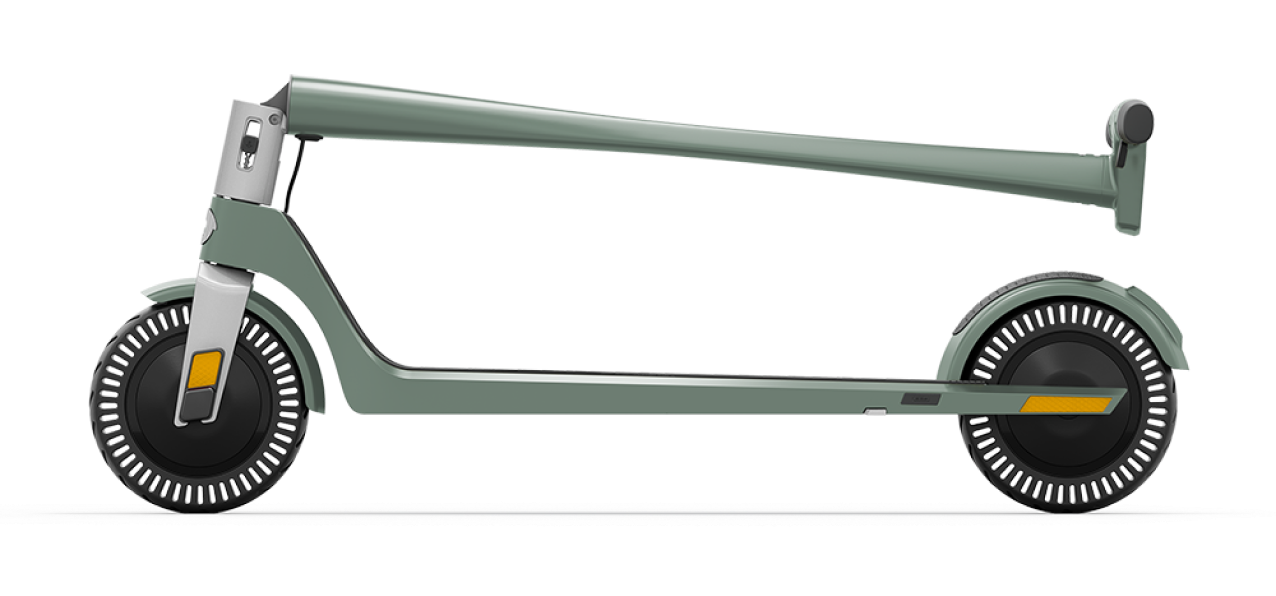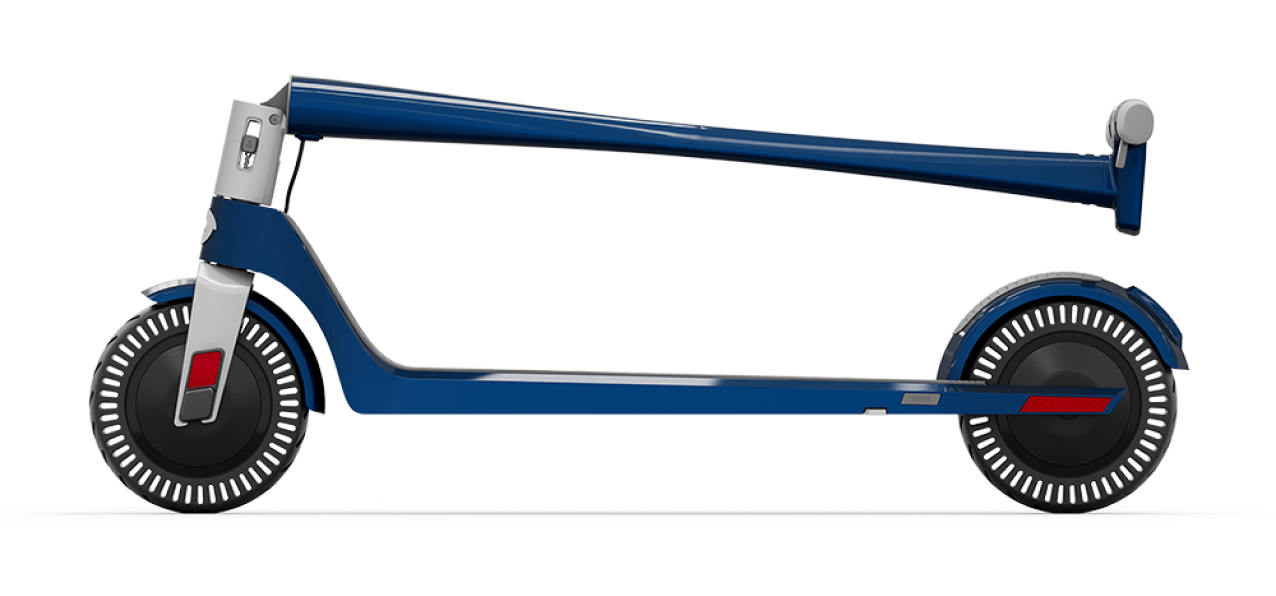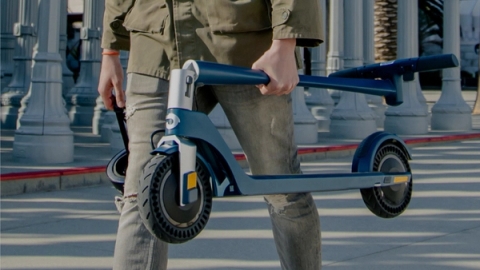In today’s fast-paced world, finding an efficient and cost-effective mode of transportation is crucial. E-scooters offer a convenient and eco-friendly way to navigate urban landscapes. Unagi stands out not only for its superior design and performance but also for its affordability and unmatched rental program.
Want to get the most out of your electric scooter battery and extend your riding adventures? We've got you covered with our comprehensive guide full of maintenance tips and best practices.
Discover the secrets to keeping your battery running at its peak performance for longer durations, so you can enjoy extended rides and hassle-free commutes. Say goodbye to range anxiety and hello to limitless possibilities!
In this article we'll cover:
- Optimize your battery maintenance routine with our expert tips
- Learn the best practices to protect and preserve your battery's longevity
- Unlock the full potential of your electric scooter and revolutionize your riding experience
Don't miss out on this opportunity to become a battery-savvy rider! By following our maintenance tips and best practices, your electric scooter battery stays charged, reliable, and ready for action. But first, a quick delve into electric scooter batteries.
Understanding electric scooter batteries

Most modern electric scooters typically use lithium-ion batteries (rather than outdated lead acid batteries). Lithium batteries are a popular and widely used battery technology in the electric vehicle industry because they're famed for their high energy density, lightweight design, and long cycle life.
Energy density
Lithium-ion batteries have a high energy density, which means they can store a significant amount of energy in a compact size. Which is how the Unagi Model One, for example, delivers a great range and maintains power for daily commuting or leisure rides.
Lightweight design
Lithium batteries are relatively lightweight compared to other battery technologies. This contributes to the overall portability and maneuverability of electric scooters, meaning scooters like lightweight commuter scooters such as the Model One, are easier to carry or transport when needed.
Long cycle life
Lithium-ion batteries are designed to have a long cycle life, meaning they can withstand numerous charge and discharge cycles without significant capacity loss, enduring regular usage and lasting for an extended period.
Fast charging capability
Lithium-ion batteries generally support fast charging, allowing users to recharge their battery in a relatively short time. This feature adds convenience and reduces downtime between rides.
Why do you need to know this? Because understanding the basics of your lithium-ion battery is essential to maximize its longevity.
Maximizing electric scooter battery life
To maintain your electric scooter's battery capacity and get the most out of your battery's lifespan, we recommend you follow certain charging, storage, and handling practices.
Charging tips

Proper Charge Your Battery
Proper charging cycles play a vital role in maintaining battery health. Always try to charge your electric scooter battery to its fullest capacity regularly. By avoiding partial charges, you allow the battery to go through complete charge and discharge cycles, preventing capacity loss over time.
Use the Right Charger
Always use the charger provided by the manufacturer, a manufacturer approved charger, or a compatible aftermarket charging cable specifically designed for your electric scooter model. Using incorrect chargers, or third-party chargers that are not compatible, can potentially damage the battery or lead to inefficient charging.
Charge at Room Temperature
If you can, charge your electric scooter indoors at room temperature, or in a moderate temperature environment. Charging in extreme hot or cold conditions can negatively affect battery performance and lifespan. Similarly, if the battery or e scooter feels excessively hot after a ride, allow it to cool down before initiating the charging process.
Heat is a primary factor that can degrade battery performance and lifespan. Avoid leaving your electric scooter or its battery in direct sunlight, or in a hot environment for an extended period. Excessive heat can accelerate battery degradation and reduce its capacity over time.
Avoid overcharging
Overcharging should be avoided as it can lead to battery degradation. Most electric scooters have built-in mechanisms to prevent overcharging, but it's still important to unplug the charger once the battery is fully charged, just in case.
Why?
- Heat generation. When a battery is overcharged, excessive electrical energy is continuously supplied to it. This leads to an increased flow of current, resulting in the generation of heat within the battery cells. Excessive heat can damage the internal components of the battery and reduce its overall efficiency.
- Chemical imbalance. Overcharging disrupts the delicate chemical balance within the battery. During the charging process, ions move between the positive and negative electrodes, storing and releasing energy. Overcharging can cause an accumulation of these ions, leading to an imbalance. This imbalance can result in the formation of unwanted chemical compounds, such as lithium metal deposits (plating), which can damage the battery's internal structure and potentially cause a short circuit.
- Capacity loss. Overcharging can cause the battery to lose its capacity to hold a charge over time. The excess electrical energy causes stress on the battery, resulting in the degradation of its active materials. This degradation reduces the overall energy storage capacity of the battery, leading to a decreased runtime and range for the electric scooter.
- Safety risks. Overcharging increases the risk of safety hazards, including the potential for the battery to overheat, swell, or even catch fire. Lithium-ion batteries are equipped with built-in safety mechanisms to prevent overcharging, but continuous overcharging can bypass these protections and pose a safety risk.
Avoid Deep Discharges
While it's important to avoid overcharging, it's equally crucial to avoid deep discharges. While lithium-ion batteries tend not to suffer from the memory effect like some older battery technologies, it's still best to avoid fully discharging the battery whenever possible. Regularly charge your electric scooter before the battery level drops too low, ideally keeping it above 20% capacity.
Storage tips

If you aren't riding your e scooter regularly, to prolong battery life when storing your electric scooter for an extended period, here are a few storage tips:
Charge the Battery to Around 50%
Before storing your electric scooter, charge the battery to around 50% of its capacity. This helps prevent self-discharge during storage while ensuring the battery is not under stress.
Battery Maintenance during Storage
During storage, it's a good practice to periodically check the battery's charge level. If needed, provide a brief charge to bring it back to around 50% capacity. This helps prevent the battery from falling into a deeply discharged state, which can be detrimental to its overall health.
Proper Storage Temperature
Find a suitable storage location for your electric scooter, one that is cool and dry. Ideally, the temperature should be between 20°C and 25°C (68°F to 77°F). Avoid storing the scooter in areas with extreme temperature fluctuations or high humidity levels, as these conditions can negatively impact the battery's performance and lifespan.
Remove Accessories and Securely Store
If your electric scooter has detachable accessories such as baskets, lights, or bags, remove them before storage. Store these accessories separately in a safe place to prevent any damage or potential drain on the battery during storage.
Handling tips

Proper handling can help extend the longevity of your e scooter battery:
Avoid extreme temperatures
Avoid exposing the battery to extreme temperatures, whether hot or cold. Extreme heat can lead to thermal runaway and reduced battery life, while extreme cold temperatures can cause a decrease in performance.
Protect the battery from physical damage
Protect the battery from physical damage by avoiding rough handling or knocks. Secure the battery properly in the scooter's compartment to prevent vibrations that can impact its integrity. Dropping or hitting the battery can damage its internal components and potentially lead to safety hazards.
Secure Battery Connections
Ensure that the battery connections, such as the terminals or plugs, are securely fastened. Loose connections can cause power fluctuations and reduce the battery's efficiency.
Do Not Disassemble
Never disassemble the battery or attempt any repairs or modifications unless you're a qualified technician. Tampering with the battery can void warranties and compromise safety. Similarly, don't use the battery for purposes other than its intended use, as it can lead to performance issues or damage.
Handle with Clean Hands
When handling the battery, ensure your hands are clean and free from any dirt, grease, or chemicals. Contaminants on your hands can potentially damage the battery or affect its performance.
Best practices for prolonged battery life

Regular maintenance
Regular maintenance is essential to keep your electric scooter battery in optimal condition. Here are a few maintenance tips:
Clean the battery regularly
Use a soft, damp cloth to wipe the battery and remove any dirt or debris. Keeping the battery clean helps maintain proper heat dissipation and prevents the buildup of corrosive substances.
Check for loose connections
Periodically inspect the battery connections and make sure they are secure. Loose connections can lead to power loss and reduced battery efficiency.
Be Mindful of Weight
Excessive rider weight can put strain on the electric scooter and its battery, affecting performance and overall lifespan. Avoid overloading the scooter with unnecessary items and consider the weight of any additional accessories you add.
Optimize riding habits
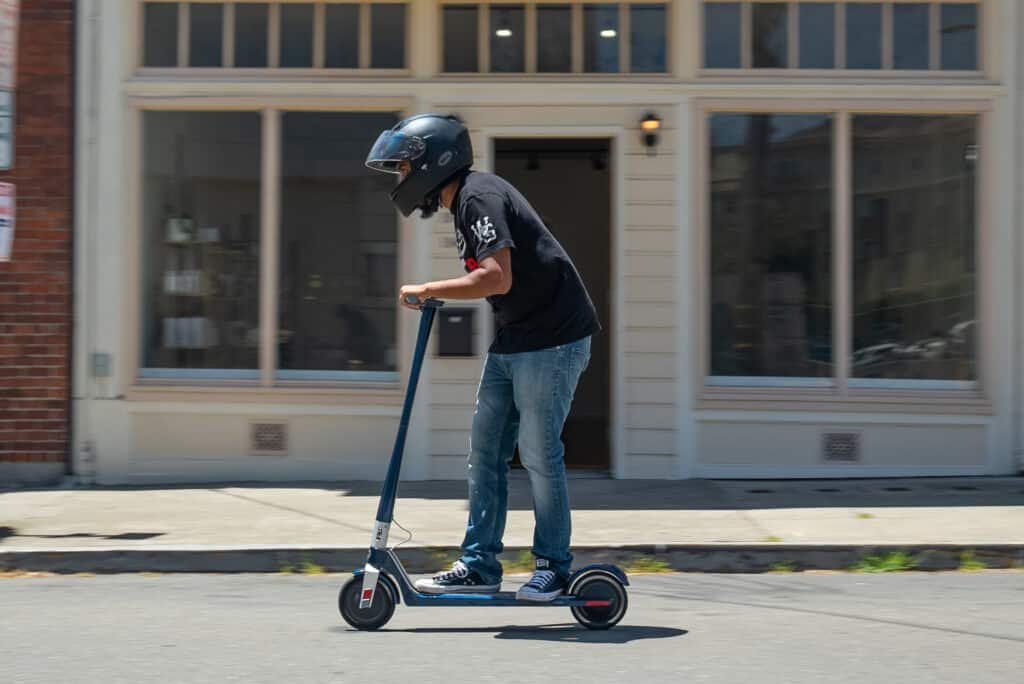
Your riding habits can impact the battery life of your electric scooter. By following these best practices, you can optimize battery usage:
Plan Efficient Routes
When riding your electric scooter, plan your routes wisely to optimize battery usage. Choose routes with smooth terrain, minimal inclines, and fewer stops and starts. Avoid routes with heavy traffic or frequent traffic lights that require frequent accelerations and decelerations.
Avoid frequent fast accelerations
Rapid accelerations require more power from the battery, which can lead to increased energy consumption. Gradual and smooth accelerations help conserve battery life.
Be Mindful of Braking
Frequent and abrupt braking can waste energy and reduce battery efficiency. Anticipate traffic situations and use gentle braking whenever possible. Additionally, some electric scooters have regenerative braking systems that can help recover a small amount of energy while braking, so take advantage of this feature if available.
Maintain a steady speed
Riding at a steady speed instead of constantly changing speeds can help maximize battery efficiency. Avoid unnecessary speed fluctuations and use a consistent speed whenever possible.
Utilize Eco Mode
Many electric scooters offer an eco mode or energy-saving riding mode. This mode limits the power output and top speed, optimizing the battery's efficiency. When riding for shorter distances or in areas with less traffic, consider using the eco mode to conserve battery power and save fastest speed mode for when you really need it!
Optimal Tire Pressure
Maintaining the correct tire pressure is important for both safety and battery efficiency. Check your electric scooter's user manual for the recommended tire pressure and regularly inspect and inflate the tires as needed. Properly inflated tires reduce rolling resistance and ensure smoother rides, helping maximize battery life.
Supercharge your e scooter battery life with the Unagi All Access Scooter Subscription
Maximizing your electric scooter's battery life is crucial for enjoying longer rides and ensuring optimal performance of your electric scooter, tomorrow.
Don't want to worry about a longer battery lifespan ever again? Subscribe to the Unagi Model One for only $59 per month and you can enjoy the benefits of owning a premium electric scooter that's redefining the industry.
FAQs
How long do electric scooter batteries last?
Electric scooter batteries (lithium-ion types) typically last between 2 to 3 years or around 300 to 500 charge cycles, whichever threshold is reached first. In practical terms, for a scooter that has a tested range of around 12 miles (19.31 km) per charge, this equates to a total mileage of approximately 3,600 to 6,000 miles (5,793–9,656 km) over the lifespan of the battery. High-grade lithium-ion batteries, however, can last for 800 to 1000 cycles.
Once they reach their maximum number of cycles, lithium-ion batteries may only retain about 80% of their original capacity.
In contrast, sealed lead-acid batteries have a shorter lifespan, offering 200 to 300 discharge/charge cycles, indicating they might need replacement in less than two years.
How long does an electric scooter charge last?
The duration of an electric scooter's charge is primarily determined by the scooter's battery capacity and the power requirements of the electric motor. On average, electric scooters offer a range of approximately 10 to 70 miles (16 to 112 kilometers) on a single charge. Entry-level models usually provide a range of about 10 to 20 miles (16 to 32 kilometers); mid-range models offer 20 to 40 miles (32 to 64 kilometers), while advanced models can deliver 40 to 70 miles (64 to 112 kilometers) or more under optimal conditions.
The relationship between battery capacity and motor power requirement is key in determining how long the scooter will run.
- Higher Battery Capacity vs. Low Motor Requirement: An underpowered ride but results in longer run times.
- High Battery Capacity vs. High Motor Requirement: Balances out, but still offers a decent run time.
- Low Battery Capacity vs. High Motor Requirement: Leads to shorter run times.
To calculate the exact run time of an electric scooter, you can divide the battery's ampere-hour (AH) rating by the motor's amperage draw. If motor specifications are given in watts, you can still calculate the motor's amperes by dividing the motor's watts by the battery's voltage. For example:
- For a 12 AH battery and a motor requiring 10 A, the run time would be 1.2 hours (12 AH / 10 A = 1.2 hours).
- If only motor watts are given, for a 500-watt motor and a 50 V battery, the motor draws 10 A (500 watts / 50 V = 10 A), resulting in the same 1.2 hours run time (12 AH / 10 A = 1.2 hours).
However, these figures are theoretical and the actual performance will vary. Factors such as rider weight (heavier), terrain (e.g., uphill rides), and riding habits (frequent stops and starts or excessive acceleration) can significantly affect the real-world range, typically resulting in lower performance than the calculated estimates.
What is the best percentage to charge an electric scooter?
To maximize the lifespan of a lithium battery, it's recommended to follow the 20–80 rule. This means avoiding draining the battery below 20% and not charging it beyond 80%. The lower limit is more critical, so it's advisable not to use the scooter extensively on a single charge until it completely depletes. Instead, aim to recharge the battery before it dips below 20%, if possible.
How often should I charge my electric scooter?
Charge your electric scooter on a need-to basis, setting a safety charge point at 30% to avoid letting it drop below 20% capacity. Ideally, recharge it after each extensive use.
Should I charge my scooter after every ride?
It's not necessary to charge your scooter after every ride, especially if it's been lightly used and retains more than 80% of its charge. Consider recharging after heavy use or when the battery level falls below 50%.
Is it okay to leave my electric scooter charging overnight?
Leaving your electric scooter charging overnight can pose a risk of overcharging the battery. However, most modern electric scooters are equipped with Battery Management Systems (BMS) that prevent overcharging and overdischarging, making this less of a concern. However, it's still safer to unplug the scooter once it's fully charged to avoid potential risks. Even with reliable BMS in place, there is still a possibility of system failure.
Why is my electric scooter battery not holding a charge?
If your electric scooter battery is not holding a charge, it could be because it has reached the end of its lifecycle, suffered damage (the possibility of bad cells in the pack), experienced a Battery Management System (BMS) fault that prevents proper charging or protection, or been exposed to extreme temperatures–heat can accelerate the degradation of a battery, while cold temperatures can temporarily reduce its efficiency and capacity.
Why does my electric scooter battery drain quickly?
If your electric scooter's battery drains quickly, and it's not due to excessive power consumption from accessories, charging issues, or electrical system problems, the cause could be increased rider weight, low tire pressure (which raises rolling friction), riding in extreme temperatures, aggressive riding, or traversing rough and hilly terrain. These elements can significantly increase energy use, resulting in faster battery depletion.
Can I overcharge my electric scooter battery?
Most electric scooters have built-in mechanisms to prevent overcharging, but it's still best to unplug the charger once the battery is fully charged.
Can I use a fast charger with my electric scooter?
Yes, you can use a fast charger with your electric scooter if it supports fast charging. Ensure to use only the recommended charger for your scooter to avoid any damage.
Is it better to fast charge or slow charge?
Slow charging is generally the better option. This method generates minimal heat and stress, resulting in less wear and potential damage to the battery, thereby preserving its lifespan.
Fast charging, while not inherently harmful to your electric scooter, carries the risk of lithium plating and significant temperature increases due to the buildup of heat and stress within the cells. Modern fast chargers are designed to mitigate these risks to some extent. However, it's still important to recognize that frequent use of fast charging can affect the battery's longevity, reducing its cycle life over time.
The use of fast charging should be reserved for situations when it's truly needed. If time is not a constraint, opting for slow charging is advisable.
What temperature conditions are ideal for my electric scooter's battery health?
Ideal temperatures for electric scooter battery health are:
- Operation: 15 to 35°C (59 to 95°F).
- Charging: 5 to 45°C (41 to 113°F). Charging a lithium battery below 0°C (32°F) should be avoided to prevent damage.
- Storage: 20°C to 25°C (68°F to 77°F).
How can I extend the life of my electric scooter battery?
To extend the life of your electric scooter battery, avoid letting it completely discharge and avoid overcharging it. Also, keep it away from extreme temperatures, as both heat and cold can affect its performance and longevity. Always use the charger that came with your scooter to ensure it's charged correctly and safely.
What are the signs that I need to replace my electric scooter battery?
A noticeable decrease in the scooter's range on a full charge suggests a decrease in the battery’s capacity. If the battery requires more frequent recharging or shows significant power drops during use, it may be deteriorating. Other indicators include the battery struggling to hold charge, overheating during use or charging, and any visible physical damage like swelling or cracks.
How can I check the health of my electric scooter's battery?
To check the health of your electric scooter's battery, start with a physical inspection for any signs of damage, such as broken terminals, bulging, dents, or leaks. Physical damage often indicates the battery is compromised.
Next, assess its operational performance. If the battery struggles to hold a charge, conduct a self-discharge test by leaving the charged battery idle for a week to see if it maintains its charge over time. A significant drop in charge is a clear indicator of potential issues.
Observe the charging behavior as well. A battery that charges to 100% rapidly and then depletes just as quickly suggests underlying issues.
Lastly, use a multimeter to measure the battery's voltage once it is fully charged. A voltage reading significantly lower or higher than the battery's rated voltage indicates the battery may have experienced stress or damage.
Can a completely dead electric scooter battery be recharged?
If the battery was equipped with a protection circuit, it likely disconnected itself to protect against further discharge and damage, suggesting it may still retain some voltage and be somewhat salvageable. However, attempting to recharge it is generally not advisable.
When a lithium battery is over discharged, the internal resistance increases, which limits its ability to supply and receive power. If the internal resistance has been significantly and permanently altered, charging the battery could generate enough heat to pose a fire risk.
Moreover, batteries restored to a usable state often suffer a substantial loss in capacity, making them less efficient as they quickly drain during use. Given these risks and the compromised battery performance, purchasing a replacement battery is usually the safer and more feasible option.
Are there warranties for electric scooter batteries?
Almost all reputable electric scooter manufacturers offer warranties for batteries, which usually differ from the coverage for other parts. These warranties range from 6 months to 1 year and are clearly detailed in the scooter's manual.
Can updating the scooter's firmware improve battery performance?
Yes, updating the scooter's firmware can indeed improve battery performance. Firmware updates enhance the functionality and features of your device, such as optimizing the Battery Management System (BMS). This enables hardware components, such as the motor, controllers, and battery, to operate more efficiently and securely. These updates are forms of software alteration that can fix known bugs and resolve performance issues reported by users.
For example, a firmware update could adjust power consumption patterns based on usage. This means it might reduce unnecessary energy drain during idle periods by automatically turning off the scooter after 20 seconds of inactivity.
What is the ideal temperature range for storing an electric scooter battery?
The optimal temperature for storing an electric scooter battery is between 20°C and 25°C. Avoid storing it in extremely hot or cold conditions.
How often should I clean my electric scooter battery?
It's a good practice to clean your electric scooter battery every few weeks or whenever you notice dirt or debris buildup.
Can I replace the battery in my electric scooter?
In most cases, electric scooter batteries can be replaced. Contact the manufacturer or a professional technician for battery replacement options specific to your scooter model.
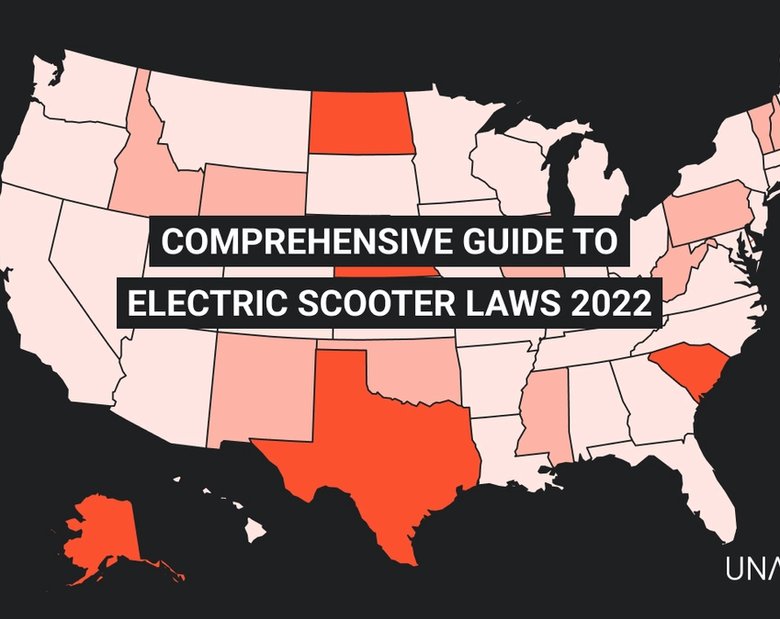
“Is my scooter legal?” is a question many are increasingly asking. The micromobility industry is one of the fastest-growing and most exciting in the world—with promises for...in addition to abundances of the basics of time and money savings. And with this pace of innovation comes a struggle for regulation to keep up.
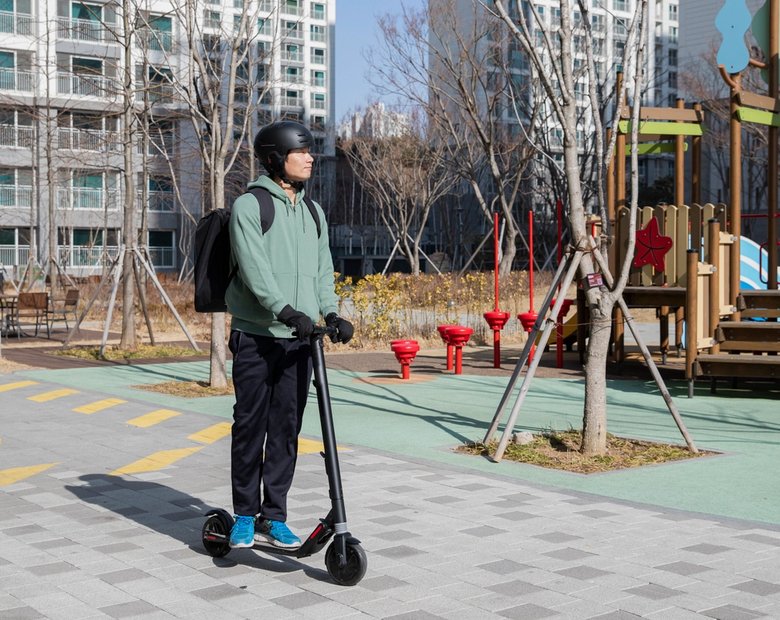
So, you're thinking about joining the electric scooter revolution, huh? You've seen those sleek and stylish scooters zipping around town, effortlessly gliding through traffic, and you can't help but wonder: Are electric scooters easy to ride?

In this guide, we'll break down what defines a lightweight electric scooter, why you should choose one, and the top features you should look for.
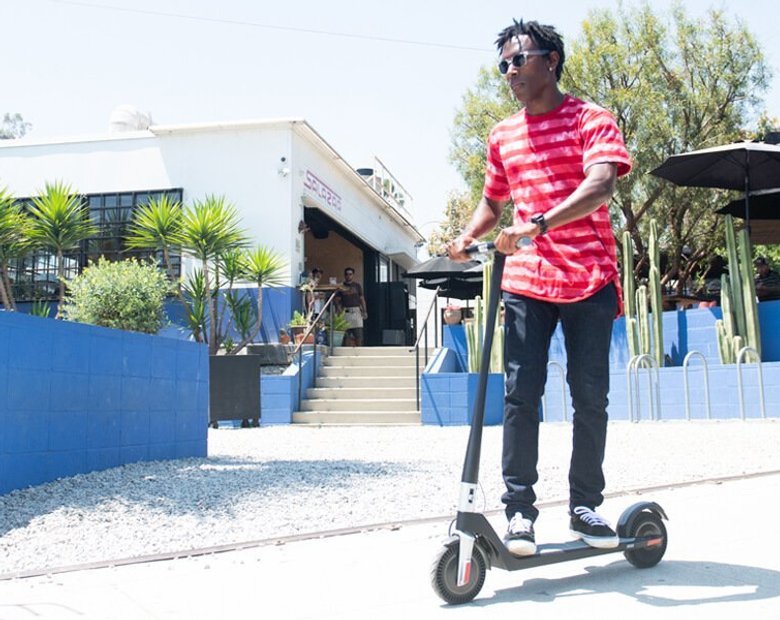
Want to get the most out of your electric scooter battery and extend your riding adventures? We've got you covered with our comprehensive guide full of maintenance tips and best practices.


*Disclaimer: Unagi, INC. has used best efforts, but does not in any manner guarantee the accuracy of the below findings regarding electric scooter laws in the United States or internationally. Electric scooter riders or those considering to purchase or begin…

It’s beyond question that we must drastically reduce carbon emissions in the coming years to head off the worst effects of climate change. How we do that has been a matter of considerably drawn-out debate. As individuals, it can be…

If you're considering riding an electric scooter for the daily urban commute - or even just for recreation - this article will give you the lowdown on getting insurance for an electric scooter.

In many regions, there's a clear restriction against riding electric scooters on the road, with the rules steering their use towards designated areas such as bicycle lanes, multi-use paths, and shared street paths.

